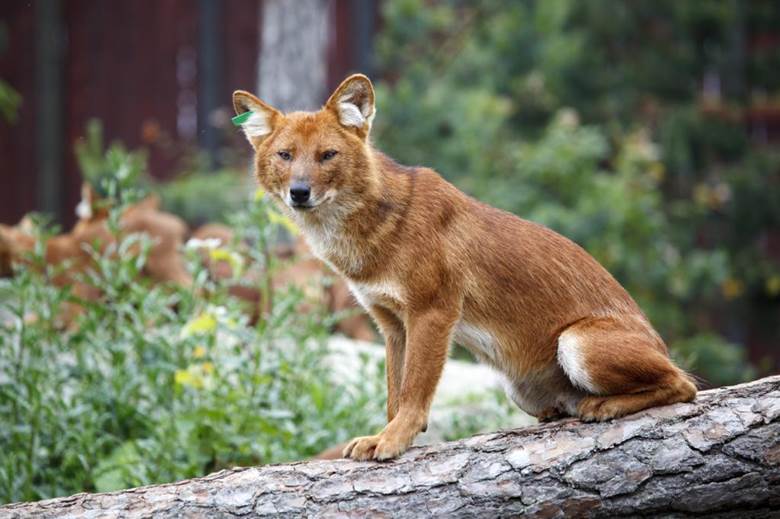Free Courses Sale ends Soon, Get It Now


Free Courses Sale ends Soon, Get It Now



Copyright infringement not intended
Context: Numerous studies in the past have established that limited knowledge about the life history of endangered species is a common obstacle in addressing conservation challenges. One such enigmatic species under threat is the forest-dwelling, social canid of Indian forests — the dhole (Cuon alpinus).
Details:
About Dhole:
© 2024 iasgyan. All right reserved